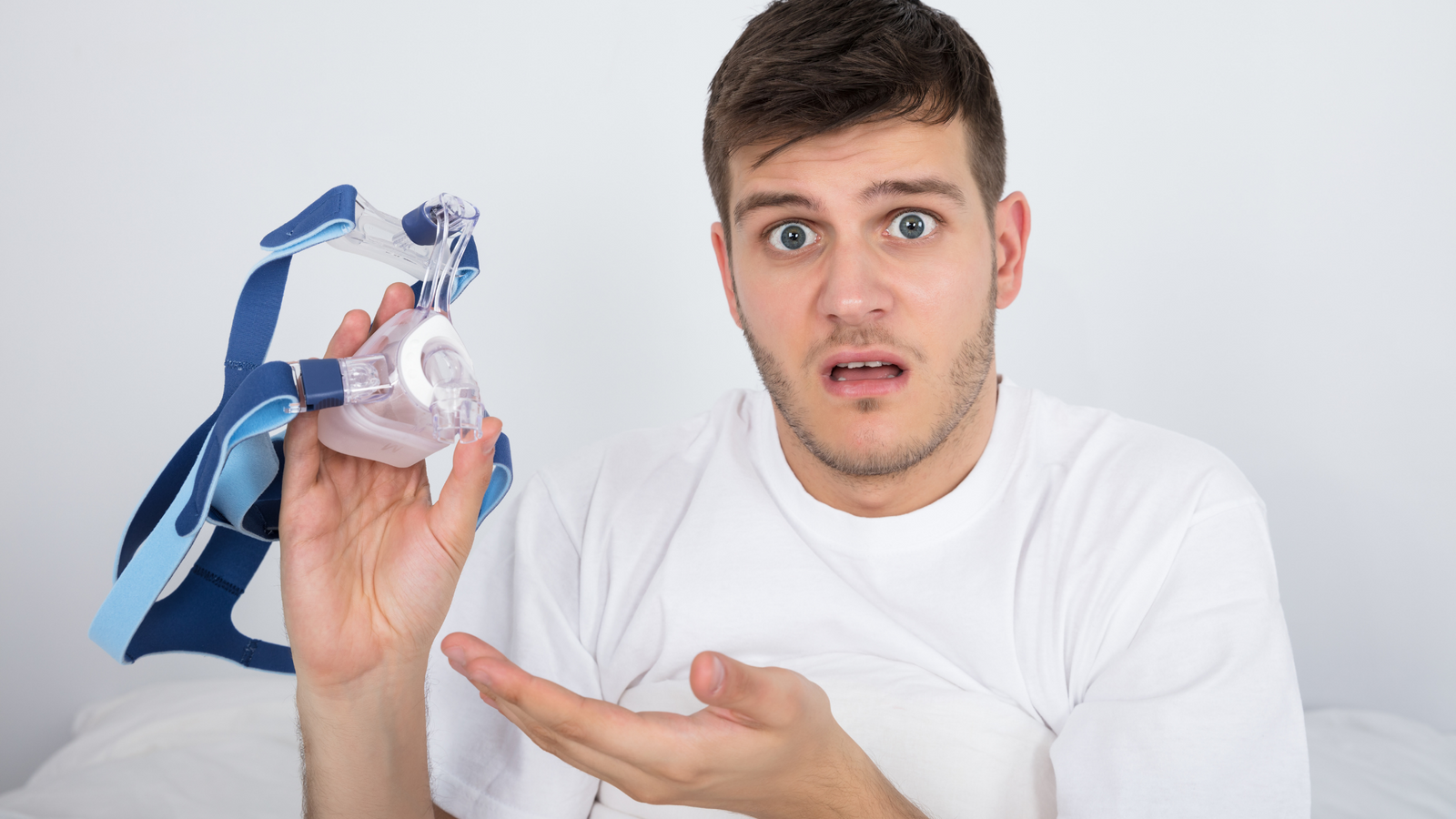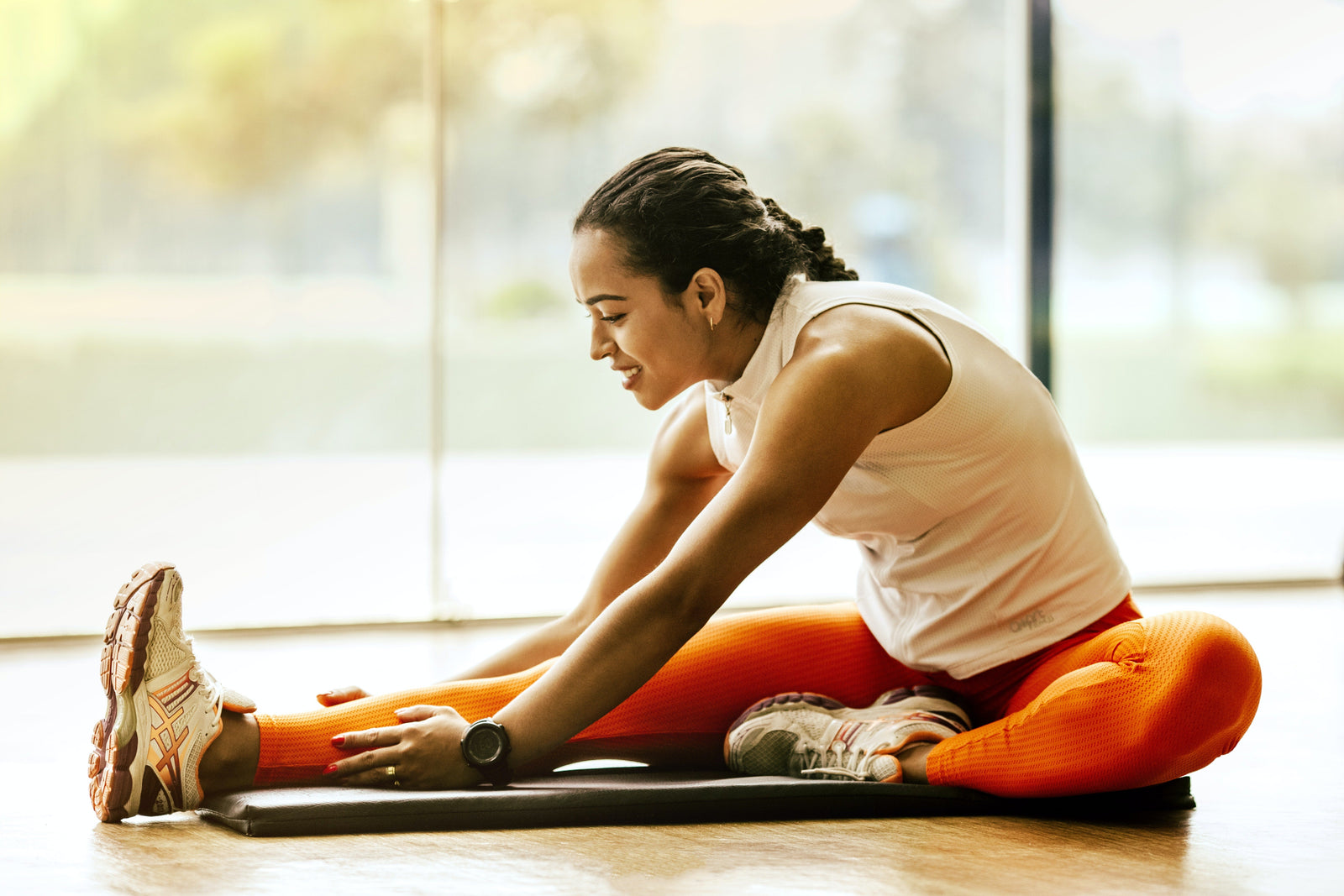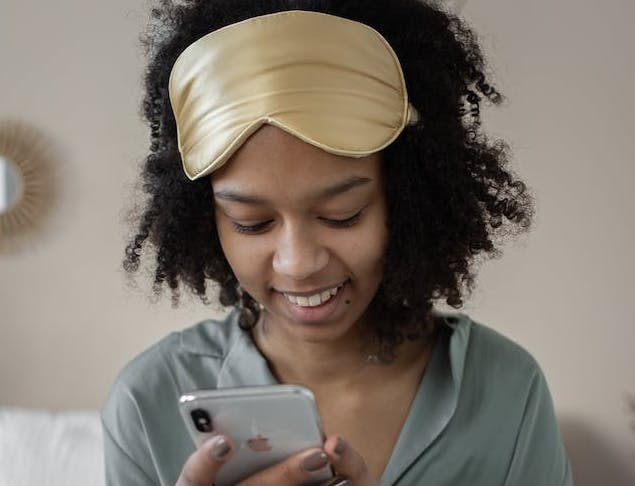It’s no secret that continuous positive airway pressure (CPAP) machines can be uncomfortable to use. Since they’re typically prescribed to treat sleep apnea, there’s no getting around your need to wear one if you have the condition. Discomfort is especially common for mouth breathers who require a full face CPAP device.
Common CPAP Problems
Sleeping with a mask that forces air into your passageways is a huge adjustment. Feelings of claustrophobia, itchiness, or irritation are not uncommon. Some people even experience aerophagia when using a CPAP machine, which literally translates to mean “air eating.” This phenomenon is just as strange and frightening as it sounds. If air pressure is too high, excessive air can enter your stomach via your esophagus. If you experience increased burping or bloating, you could be air swallowing while using your CPAP.While you can train your way to better breath control, air eating is an issue that can only be solved by adjusting your machine. Headaches and ear problems are also caused by incorrect air pressure settings.
Additionally, your CPAP might also leave sores on your skin if air pressure settings are too high, and these can even develop into extremely painful ulcers. This is usually due to a problem along the seal of the mask, especially near the bridge of the nose. If this is the case, there are different mask liners and barrier creams you can try to alleviate the symptoms of a rash or sores from your mask.
Lastly, one of the most common problems is that your mask might also leak air around the edges. Luckily, there is is an alternative option to full face mask CPAPs, which you can explore before accepting discomfort. We'll explore that CPAP alternative later in this article.
Adjusting Your CPAP
Sometimes, the permanent fix is as easy as making some quick adjustments. If the headgear straps on your mask don’t fit effectively, you might experience headaches or pressure sores due to the tightness. Try loosening the straps on your mask to find a more comfortable fit. Straps can loosen over time, so be sure to check the fit of your mask weekly and make any adjustments needed.
The problem could also be that air pressure settings are too high. Ask your doctor for a new study to determine your correct pressure settings or try out a CPAP alternative, like an auto-adjusting CPAP machine, also known as an APAP. This machine auto-adjusts its pressure output to your breathing.
If you experience other discomfort, there are ways to train yourself to get used to the feeling of wearing it. First, try wearing your mask for short intervals during the day while doing other activities, like watching television or reading. Then, wear the entire device while it’s turned on during an everyday activity. From there, wear your CPAP mask while taking naps and then work your way up to wearing it during sleep. Start out with a few hours per night until you can wear the mask for the full duration of your night’s rest.
If you still can’t seem to get used to the sensation of forced air, you may be able to try out a CPAP machine that offers something called a “ramping” feature. This feature starts out with low pressure that slowly and gently increases to your prescribed amount of air as you fall into sleep.
There are also bi-level positive airway pressure (BPAP) machines that push out more air when you breathe in and less air when you breathe out. If you still aren’t comfortable after making these adjustments, you might need to try a different style of mask.
Try a Different Style of Mask
Struggling with a full face masks CPAP device is not uncommon. Thankfully, there are CPAP alternatives out there. It’s possible that the mask that was included with your machine isn’t the right one for your needs. It can take some trial and error to find a mask that’s a perfect match. Let's explore the options.
There are three types of CPAP masks: full face masks, nasal masks, and nasal pillow masks. Full face masks cover both airways and tend to be the most uncomfortable of all options. However, they can usually push out the most amount of pressure.
Nasal masks cover the nasal passageways only and tend to be a more comfortable fit. Nasal pillows fit over the nostrils, making them best for active sleepers that toss and turn. Since nasal masks don’t seal both the nose and the mouth, they are less invasive and much more comfortable than full-face masks. Nasal pillows take it a step further and are the most minimal option of all.
That said, nasal masks and nasal pillows are usually not recommended for those who mouth breathe at night. But since more than 60 percent of us do it, it can be harder to get approval for them. Luckily, SomniFix Strips are the perfect solution for mouth breathers seeking a more comfortable, low-profile mask.
The Best Alternative: Mouth Tape
Overall, nasal masks and pillows offer a more natural fit with a gentler form of airflow. They fit a wider variety of faces and work for people who toss and turn in their sleep. But your doctor may not want you to try them out if you breathe through your mouth at night, since mouth breathing drastically reduces the effectiveness and compliance of CPAP devices.
The key to getting effective use out of a nasal mask or nasal pillow is to inhibit mouth breathing while sleeping. This will induce nasal breathing, which offers a large list of health benefits as opposed to mouth breathing. For example, nasal breathing promotes the production of nitric oxide, which can help lower blood pressure and reduce stress.
So how can you inhibit mouth breathing and induce nasal breathing while asleep? The solution is simple: tape your mouth with SomniFix Strips.
Using SomniFix Strips will keep your lips sealed gently and comfortably throughout the night. This will prevent mouth breathing - unless it's absolutely necessary - which will allow you to use a nasal mask or nasal pillow, in place of a cumbersome full face CPAP mask.
Using SomniFix Strips at night gives you the freedom to wear the CPAP alternative that is more comfortable to you without worrying about keeping your lips zipped during sleep.
SomniFix + Nasal Mask: A Great CPAP Alternative
SomniFix is the best addition to the CPAP alternative of your choice. Ease your worries about mouth breathing during the night and put the days of uncomfortable sleep with a CPAP behind you. Simply pop a SomniFix on, put on your nasal mask or nasal pillow, and doze off into bliss!





